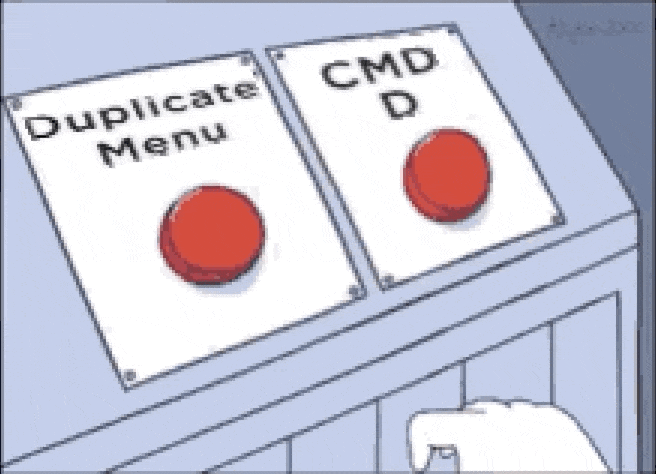N Scale Overlap
Published: 2016-03-24 - By: gdm
Last updated on: 2021-07-21
Last updated on: 2021-07-21
visibility: Public

N Scale Data Overlap. With any collaborative database such as a Wiki or BoardGameGeek.com, there is always the issue of “Overlap”. This concept actually covers a number of different issues; some of which I hope to address in this blog.
Case 1) Multiple Entries. User A creates Atlas #48502, which is a Burlington Northern GP-40 road number 3022. User B then creates a completely separate data entry for the same engine and correctly determines the release date was January 1997, but neglects to specify the road number or color scheme. User B also snaps a picture of his own engine and links it through photobucket. In our experience, this was not a desirable outcome for either user, but simply an error. So User C comes along and merges the two by copying the image and release date from User B’s entry over to User A’s entry and then deletes User B’s entry. User B is notified of the delete and the reason and most likely feels pretty good that the mistake was fixed.
Case 2) Missing Details. User A adds the product number (48502), the Body Style (Atlas GP-40) but neglects to add any other features. User B sees the partial entry and augments it with road name, number and reporting mark. User C adds the release date. User A then finally gets around to snapping a pic of his engine and then uploads it to the web so it can be linked into the database.
Case 3) Missing Items. User A collects GP-40’s and owns 6 of them. He creates the entries for the engines he owns and calls it a day. User B finds an old Atlas marketing flyer and sees that 4 more engines were released on the same date and adds those. User C saw an excellent review of the Atlas GP-40 on Spookshow.net and links the article (with full credit) to the body style for the Atlas GP-40. The final result is a complete list with pictures and a link to spookshow from every entry.
These cases are not only necessary for the operation of this kind of project, but also part of the fun. The system at TroveStar was designed to track and credit not only the original entry creation but all successive edits so everyone (the initial creator and all the subsequent editors) gets credit for the effort of completing the data set. You might worry that folks might get into an edit-war over who is right or wrong about a particular fact or image, but the simple reality is that people tend to play very nicely together for this particular kind of venture.
Case 1) Multiple Entries. User A creates Atlas #48502, which is a Burlington Northern GP-40 road number 3022. User B then creates a completely separate data entry for the same engine and correctly determines the release date was January 1997, but neglects to specify the road number or color scheme. User B also snaps a picture of his own engine and links it through photobucket. In our experience, this was not a desirable outcome for either user, but simply an error. So User C comes along and merges the two by copying the image and release date from User B’s entry over to User A’s entry and then deletes User B’s entry. User B is notified of the delete and the reason and most likely feels pretty good that the mistake was fixed.
Case 2) Missing Details. User A adds the product number (48502), the Body Style (Atlas GP-40) but neglects to add any other features. User B sees the partial entry and augments it with road name, number and reporting mark. User C adds the release date. User A then finally gets around to snapping a pic of his engine and then uploads it to the web so it can be linked into the database.
Case 3) Missing Items. User A collects GP-40’s and owns 6 of them. He creates the entries for the engines he owns and calls it a day. User B finds an old Atlas marketing flyer and sees that 4 more engines were released on the same date and adds those. User C saw an excellent review of the Atlas GP-40 on Spookshow.net and links the article (with full credit) to the body style for the Atlas GP-40. The final result is a complete list with pictures and a link to spookshow from every entry.
These cases are not only necessary for the operation of this kind of project, but also part of the fun. The system at TroveStar was designed to track and credit not only the original entry creation but all successive edits so everyone (the initial creator and all the subsequent editors) gets credit for the effort of completing the data set. You might worry that folks might get into an edit-war over who is right or wrong about a particular fact or image, but the simple reality is that people tend to play very nicely together for this particular kind of venture.

